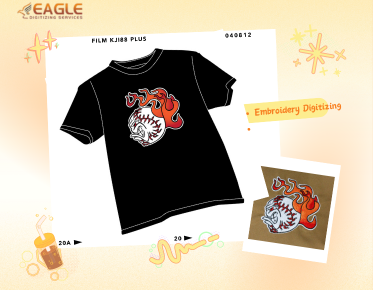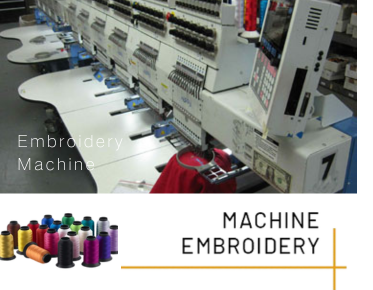Embroidery Machines and Their Acceptable File Formats
Embroidery machines have revolutionized the textile industry by automating the intricate process of stitching designs onto fabric. These machines require specific file formats to interpret and execute the designs accurately. Understanding these file formats is crucial for anyone involved in embroidery, whether you're a hobbyist or a professional in the industry.
Understanding Embroidery File Formats
Embroidery file formats are digital files that contain the instructions for an embroidery machine to stitch a design. These files dictate the path of the needle, the color changes, and other essential parameters. Different brands and models of embroidery machines may require different file formats, making it essential to know which format your machine supports.
Common Embroidery File Formats
There are several common file formats used in the embroidery industry. The most widely recognized is the Tajima format, known as DST. This format is popular due to its compatibility with many machines and its ability to store detailed stitching information. Other formats include EMB, CND, EXP, DSB, PXF, and POF, each with its unique features and compatibility with specific machines【4:0†source】.
Choosing the Right Format for Your Machine
When selecting a file format, it's important to consider the brand and model of your embroidery machine. For instance, Brother machines often use the PES format, while Bernina machines might require ART files. Always refer to your machine's manual or manufacturer for the correct file format to ensure seamless operation.
Converting File Formats
Sometimes, you may need to convert a design from one format to another to accommodate different machines. This is where services like Eagle Digitizing come into play. They offer conversion services to ensure your designs are compatible with your specific machine, providing formats like DST, EMB, and more【4:0†source】.
The Role of Embroidery Digitizing Services
Embroidery digitizing services are essential for converting artwork into a format that embroidery machines can read. These services use specialized software to trace artwork with stitches, creating a digital file that contains all the necessary instructions for the machine. Companies like Eagle Digitizing specialize in this process, offering quick turnaround times and high-quality results【4:3†source】.
Benefits of Professional Digitizing Services
Using a professional digitizing service ensures that your designs are accurately translated into embroidery files. This minimizes errors and reduces the risk of thread breakage during stitching. Additionally, professional services can handle complex designs and offer revisions to meet your specific needs【4:3†source】.
Future Trends in Embroidery Technology
As technology advances, the embroidery industry continues to evolve. We can expect to see more sophisticated software that allows for even more detailed and intricate designs. Additionally, the integration of AI and machine learning could further enhance the precision and efficiency of embroidery machines. These advancements will likely expand the possibilities for creative expression in textiles.
For those interested in exploring the world of embroidery, understanding the various file formats and utilizing professional digitizing services can significantly enhance the quality and efficiency of your projects. Whether you're creating custom apparel or intricate designs, the right tools and knowledge are key to success.



